
| Recorded by: Mark Basinger on 2025-11-22
Rowan Co.
Comment: | 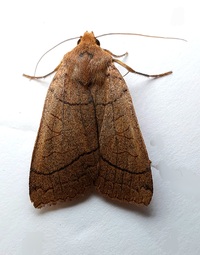
| Recorded by: Mark Basinger on 2025-11-22
Rowan Co.
Comment: |
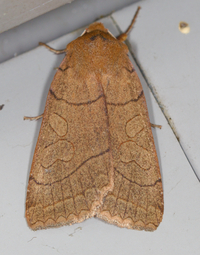
| Recorded by: Jim Petranka on 2025-11-07
Madison Co.
Comment: | 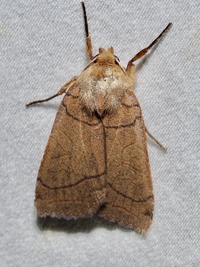
| Recorded by: Merrill Lynch on 2025-10-21
Halifax Co.
Comment: |

| Recorded by: Jim Petranka on 2025-10-17
Madison Co.
Comment: | 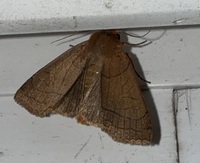
| Recorded by: Marilyn Westphal on 2025-10-15
Henderson Co.
Comment: |

| Recorded by: Jim Petranka on 2025-10-13
Madison Co.
Comment: | 
| Recorded by: Jim Petranka on 2025-10-12
Madison Co.
Comment: |
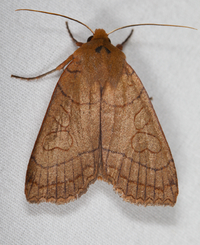
| Recorded by: Jim Petranka on 2025-10-05
Madison Co.
Comment: | 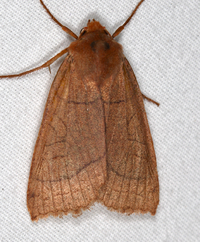
| Recorded by: Jim Petranka on 2024-11-08
Madison Co.
Comment: |
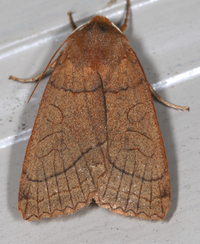
| Recorded by: Jim Petranka on 2024-10-12
Madison Co.
Comment: | 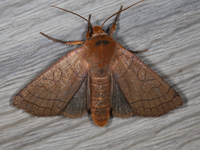
| Recorded by: Jim Petranka on 2024-10-07
Madison Co.
Comment: |
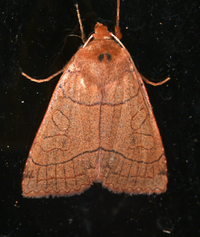
| Recorded by: Jim Petranka on 2024-10-02
Madison Co.
Comment: | 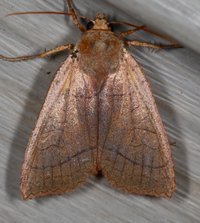
| Recorded by: Jim Petranka on 2023-11-06
Madison Co.
Comment: |

| Recorded by: Stephen Dunn on 2023-10-27
Orange Co.
Comment: | 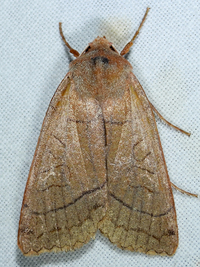
| Recorded by: tom ward on 2023-10-26
Buncombe Co.
Comment: |
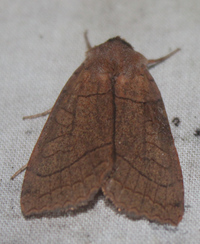
| Recorded by: Vin Stanton on 2022-11-08
Buncombe Co.
Comment: | 
| Recorded by: Chuck Smith on 2022-11-06
Davidson Co.
Comment: |

| Recorded by: Jim Petranka on 2022-10-24
Madison Co.
Comment: | 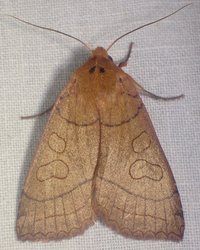
| Recorded by: tom ward on 2022-10-17
Buncombe Co.
Comment: |
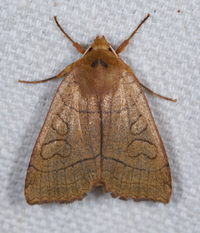
| Recorded by: Jim Petranka on 2022-10-15
Madison Co.
Comment: | 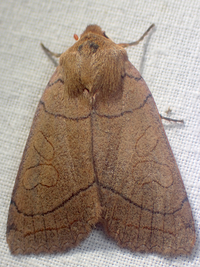
| Recorded by: tom ward on 2021-10-13
Buncombe Co.
Comment: |

| Recorded by: Jim Petranka on 2021-10-09
Madison Co.
Comment: | 
| Recorded by: tom ward on 2021-10-08
Buncombe Co.
Comment: |
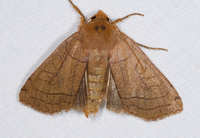
| Recorded by: Jim Petranka on 2020-10-27
Madison Co.
Comment: | 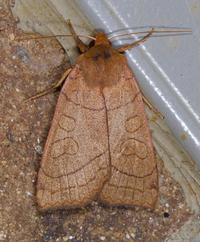
| Recorded by: Jim Petranka on 2020-10-23
Madison Co.
Comment: |

| Recorded by: Jim Petranka on 2020-10-12
Madison Co.
Comment: | 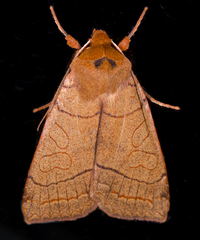
| Recorded by: Jim Petranka on 2020-10-07
Madison Co.
Comment: |

| Recorded by: Jim Petranka on 2020-10-04
Madison Co.
Comment: | 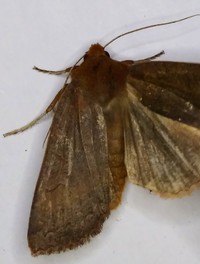
| Recorded by: Gary Maness on 2019-11-07
Guilford Co.
Comment: |
|

 »
»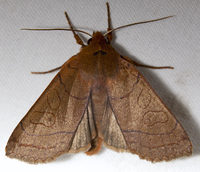



 »
»

